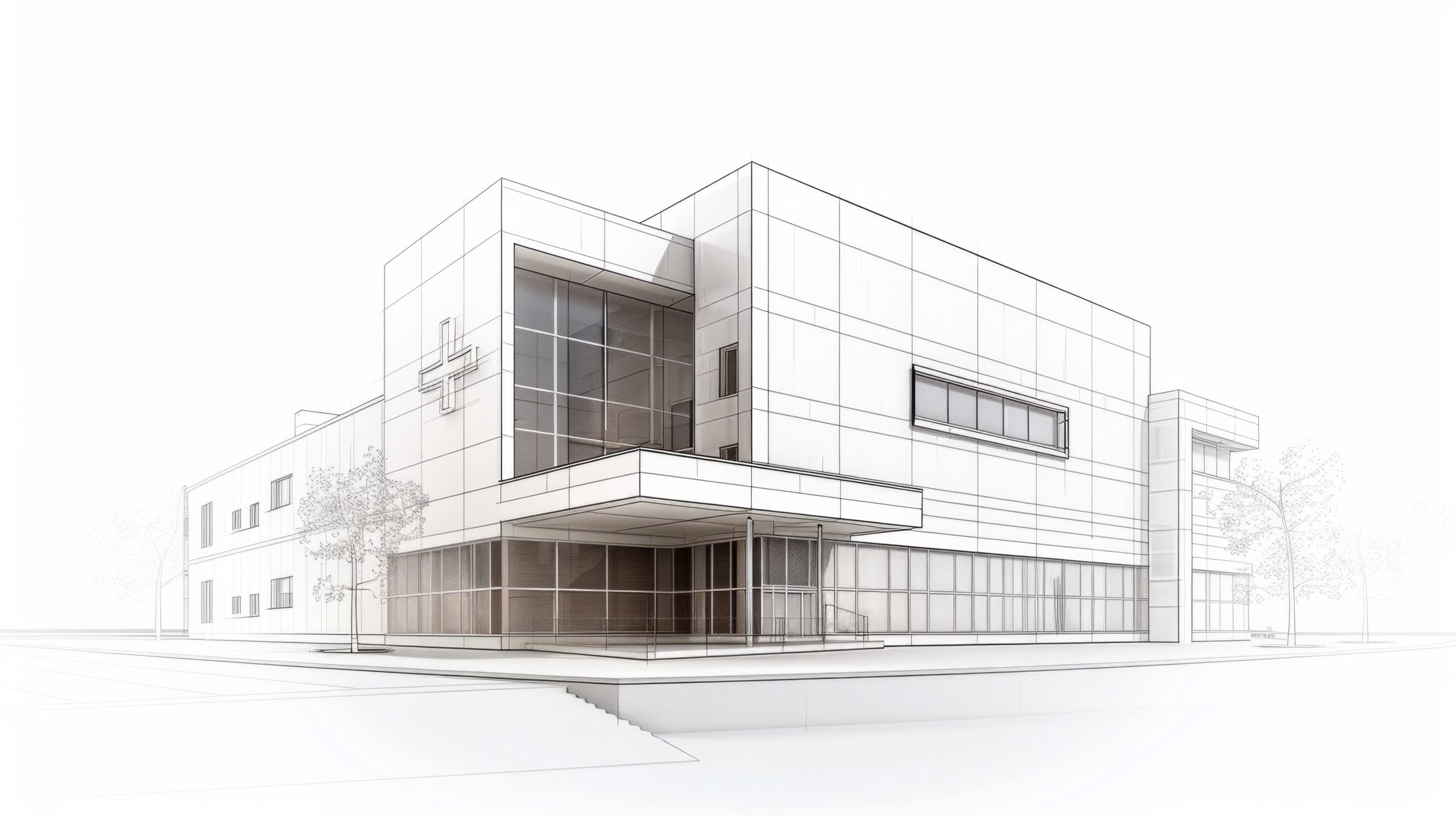Where the Dream Began
The vision to build hospitals around the world didn’t come to me in a boardroom or from reading a book. It came from being on the ground, face to face with people who had no access to basic healthcare. I was a young doctor when I first traveled to Southeast Asia during my residency. In the Cambodian refugee camps and rural clinics of Bangkok, I saw things that shifted the way I understood medicine. There were children with conditions that would’ve been easily treated in the U.S., but because of where they were born, they suffered for years. There were elders with tumors, injuries, and chronic illnesses who had given up hope of ever receiving care.
It was there, in the middle of that urgent need, that the idea was born. I didn’t just want to treat people one-by-one in a temporary clinic. I wanted to build something lasting. I wanted to create hospitals—real centers of healing—that could serve communities long after the plane ride home.
Seeing the Gaps Firsthand
After completing my medical degree at Loma Linda in just three years through an accelerated program, and then finishing residency in ENT (ear, nose, and throat), I opened my own practice in Orange County, California. It was a successful practice. I built a surgery center and treated thousands of patients over the years. But I never forgot the faces I had seen in those camps and villages.
Back then, there wasn’t much conversation about global medical equity—not in the way we talk about it today. But I saw the gap clearly: modern, well-equipped hospitals in wealthy countries, and nearly nothing in some of the poorest areas of the world. I realized that to make a real difference, I had to do more than travel once or twice a year. I had to build. I had to organize.
The Birth of Global Healing Inc.
Out of that need, I founded Global Healing Inc.—a nonprofit organization focused on bringing medical care and infrastructure to underserved regions. Our goal is simple: to create sustainable, community-based hospitals where none currently exist. We’re not trying to parachute in, treat a few patients, and leave. We’re trying to partner with local people, train healthcare workers, and build systems that last.
We’ve set our sights on several key locations. Laos is one of them. So is Mexico. We’re also planning for facilities in parts of Africa, Texas, and Nevada—places where healthcare access is severely limited or unevenly distributed. These aren’t easy projects. Building a hospital takes planning, funding, and a strong local team. But we believe it’s possible when vision meets persistence.
Why It Matters
Some people might ask, “Why not just stick to practicing medicine in the U.S.? Isn’t that enough?” And in many ways, it is. I’ve loved my work as a physician. But after years in practice, I came to believe that healing is bigger than the walls of a clinic. It’s about restoring dignity. It’s about giving people the chance to live pain-free, to work, to care for their families, and to dream again.
I remember one particular trip to the Philippines where we worked with the Mayne tribe. For nearly a decade, we’ve been helping supply food, shelter, and medical care to this community. The joy on the faces of the people we served reminded me why we do this. They weren’t just grateful for the physical help—they were grateful that someone cared enough to come.
That’s what hospitals can do. They’re not just places for medicine. They’re places of hope. They tell the community, “You matter. Your health matters. Your life matters.”
Looking to the Future
Today, I split my time between running ATR Law Group in Phoenix with my wife—who is an immigration attorney—and continuing to push forward with Global Healing’s mission. We’ve come a long way, but there’s still so much more to do. The dream is bigger now. I want to see hospitals that are run by locals, equipped with modern tools, and supported by a network of global partners.
We’re working on architectural plans, funding strategies, and long-term staffing models. We’re talking with governments and local leaders. Every step takes time, but every step moves us closer to a world where no one is denied care just because of where they were born.
I often think about the next generation—my sons, both pursuing professional careers of their own. I hope they carry this vision forward. I hope they learn, as I did, that a life well-lived is a life spent helping others.
Building hospitals around the world isn’t just about bricks and mortar. It’s about building trust. It’s about building futures. When I think back to where I started—a young boy growing up in Florida, the first male among seven siblings, son of a preacher—I could never have imagined where this journey would lead. But I’m grateful every day for the road I’ve walked.
The work isn’t finished. Not even close. But if there’s one thing I’ve learned, it’s that vision—when driven by compassion and backed by faith—can cross any border.
If you’d like to learn more or support our efforts, visit our website at globalhealinginc.com. Together, we can bring healing to the places that need it most.
